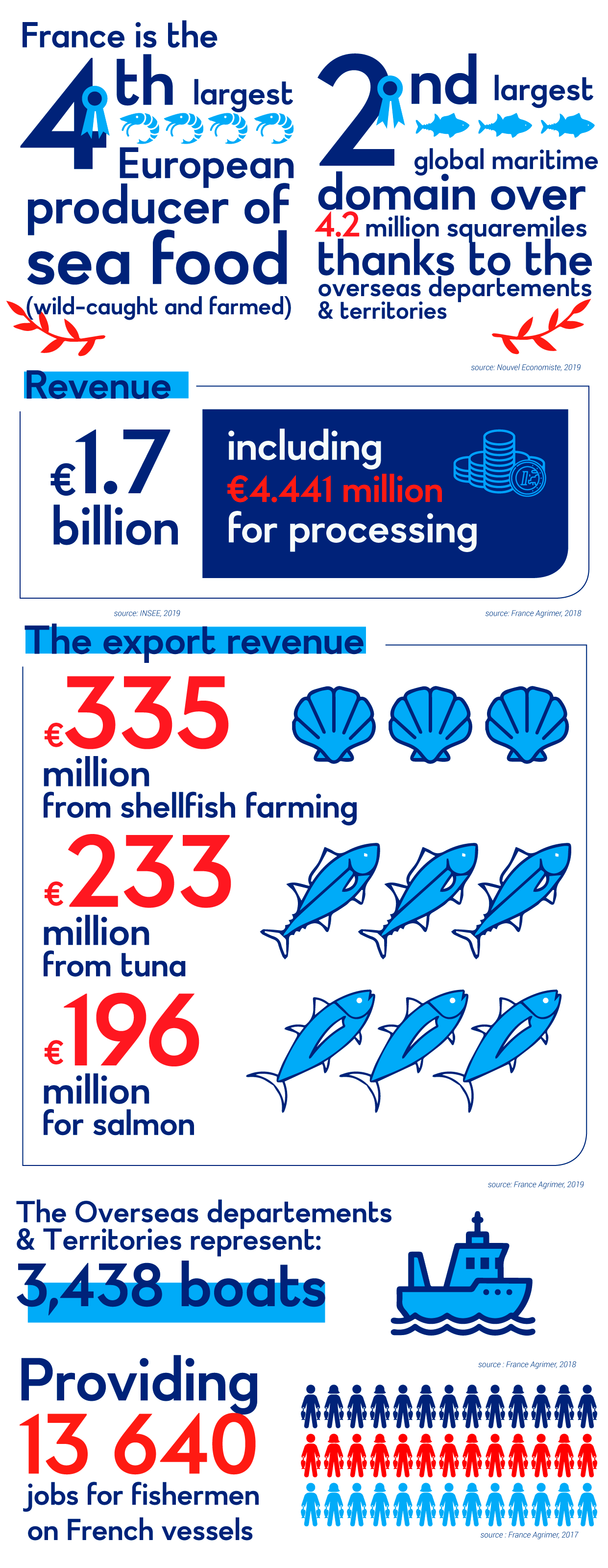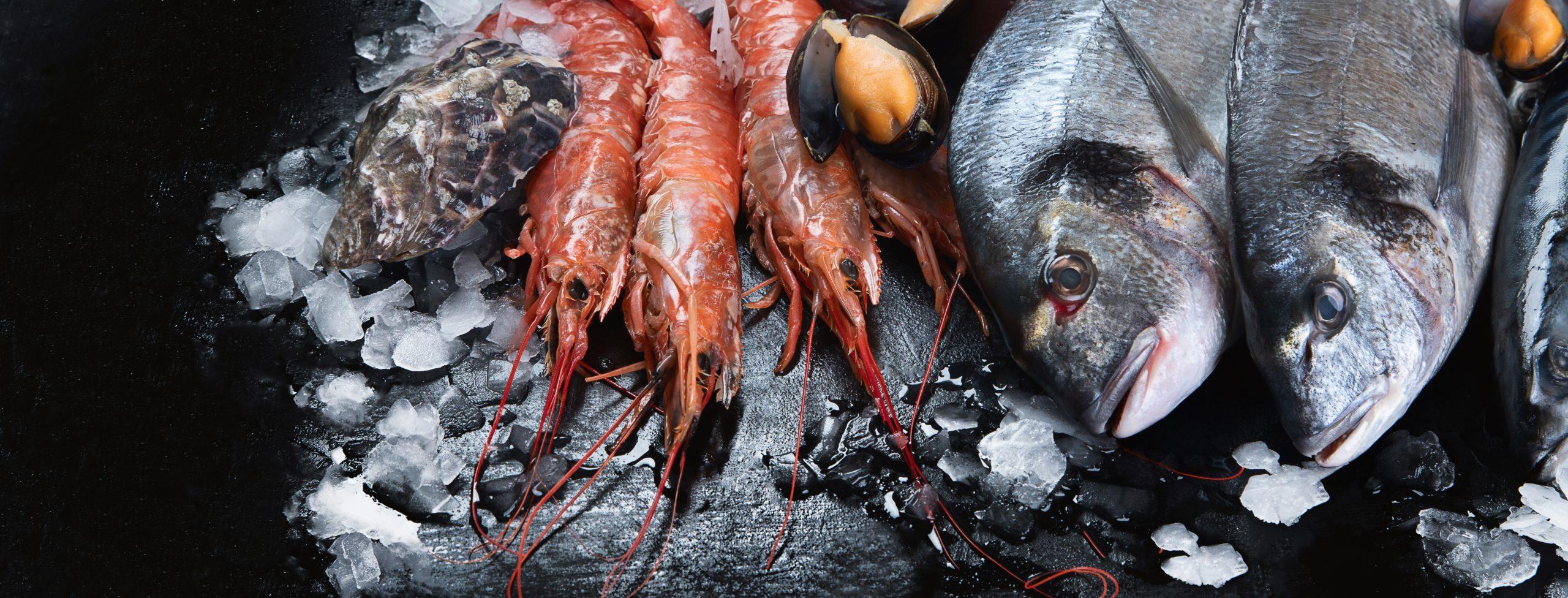While volume is stable, the value of French seafood has been rising steadily.
So the big issue for the sector is to upgrade and modernize its equipment in order to put its products in the limelight and support sustainable fishing.
“Fish-farming has been innovating with water-recycling systems that make it possible to breed young fish with very small amounts of water“
The sector is also working hard on the composition of fish feed, in order to depend less and less on “forage fish” that aren’t eaten by consumers, a.k.a. flour-mill fishing.
Another change of direction: genomic research, which aims to guide selection in order to have more efficient farmed varieties without resorting to genetic modification. One of the key stakes in in genomic selection is to reduce oyster-mortality rates, by searching for genetic markers related to their diseases (viral, bacterial or parasitic). Shellfish farming made a spectacular recovery after oyster and mussel colonies were decimated by devastating epidemics in recent years. But it is flourishing once again, and now exports the lion’s share of its production, which is appreciated worldwide.
Thanks to these new techniques, the French fishery sector is on its feet again, ready to compete internationally for the world’s growing demand for seafood.
Key figures in Seafood sector in France
France is the fourth largest European producer of sea food (wild-caught and farmed).
France is the second largest global maritime domain over 4.2 million square miles thanks to the overseas departments and territories.
The revenue of Seafood sector in France is 1.7 billion euros, including 4.441 million for processing.
The export revenue:
335 million euros from shellfish farming
233 million euros from tuna
196 million euros for salmon
The Overseas departments and Territories represent 3,438 boats.
Seafood sector in France provides 13 640 jobs for fishermen on French vessels.


